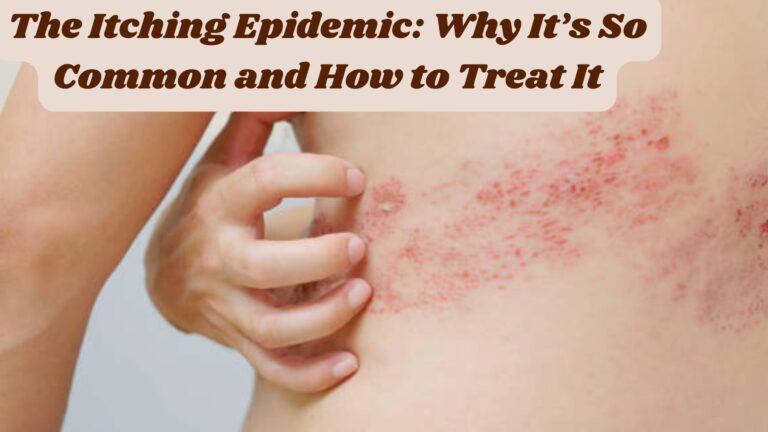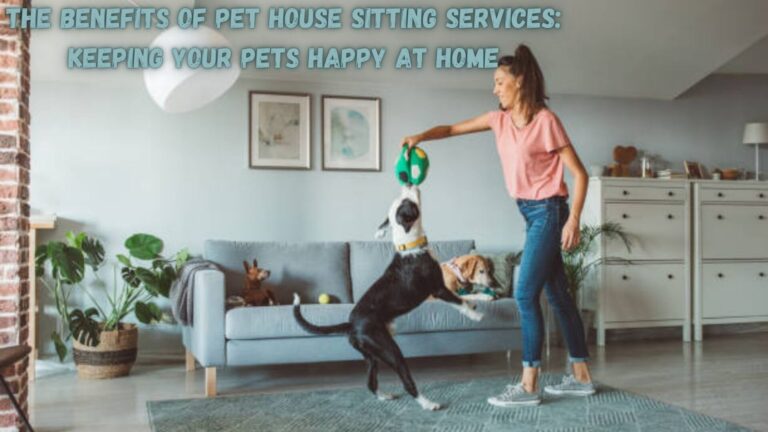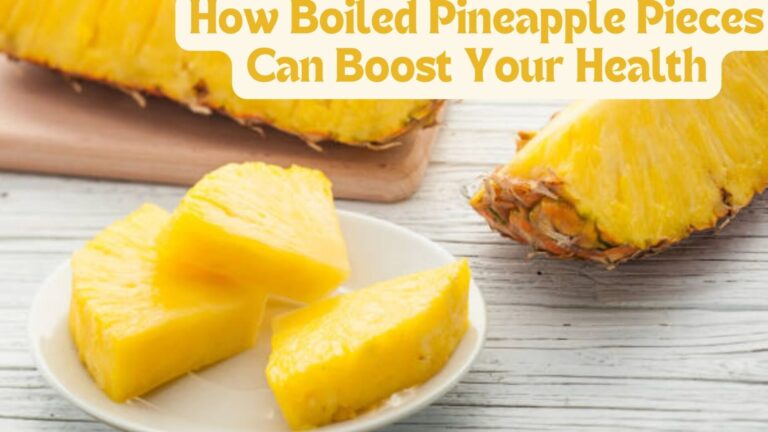Introduction:-
Neem Bark: A Natural Remedy for Common Skin Diseases

Neem, often referred to as the “village pharmacy,” has been a cornerstone of traditional medicine for centuries. Renowned for its medicinal properties, the bark of the neem tree (Azadirachta indica) holds particular significance in treating skin ailments. Its efficacy and minimal side effects have earned it a growing reputation in modern skincare. Discover the remarkable benefits of neem bark for maintaining healthy, radiant skin.
Understanding the Healing Properties of Neem Bark
Neem bark’s exceptional natural remedial properties are derived from its rich content of bioactive compounds like nimbin, nimbidin, and quercetin. These compounds possess potent anti-inflammatory, antibacterial, and antifungal characteristics. Neem bark’s versatility makes it an excellent natural solution for various skin conditions, ranging from minor irritations to chronic diseases.
Benefits of Neem Bark for Skin Diseases
1. Acne and Pimples:
– Neem bark fights acne and pimples with its antibacterial properties.
– It reduces inflammation, kills acne-causing bacteria, and prevents breakouts.
– Regular use of neem bark gives you clearer and healthier skin.
2. Eczema:
– Neem bark helps manage eczema, a skin condition that causes redness, itching, and inflammation.
– Its anti-inflammatory properties soothe the skin, reduce redness, and relieve itching.
– Neem bark strengthens the skin’s barrier against irritants and allergens.
3. Psoriasis:
– Neem bark helps with psoriasis, a chronic skin condition that causes rapid skin cell growth.
– The bark’s compounds slow down skin cell growth, reducing scaling and redness.
– Neem bark also moisturizes the skin and prevents dryness associated with psoriasis.
4. Fungal Infections
Neem bark has antifungal properties that can fight fungal infections like athlete’s foot and ringworm. Using neem bark paste or products with neem bark can help get rid of the fungus and soothe the affected area, helping it heal faster.
5. Dermatitis
Dermatitis is a general term for skin inflammation. Neem bark can help with this. It has soothing and healing properties that can calm irritated skin, reduce inflammation, and help healthy skin cells grow back.
How to Use Neem Bark for Skin Care
Incorporating neem bark into your skincare routine can be simple and effective. Here are a few methods:
· Neem Bark Paste: Grind neem bark into a fine powder and mix it with water or aloe vera gel to form a paste. Apply this paste to the affected area and leave it on for 20-30 minutes before rinsing off. This can be done daily for best results.
· Neem Bark Infusion: Boil neem bark in water to create an infusion. Use this water to wash your face or affected areas. This method is particularly useful for larger areas of the body or for those with sensitive skin.
· Neem Bark Soap: Use soaps containing neem bark extracts for regular cleansing. This is a convenient way to incorporate neem bark into your daily skincare routine.
Are there any side effects of using neem bark on the skin?
Yes, while neem bark is generally considered safe for most people, there are potential side effects to be aware of when using it on the skin:
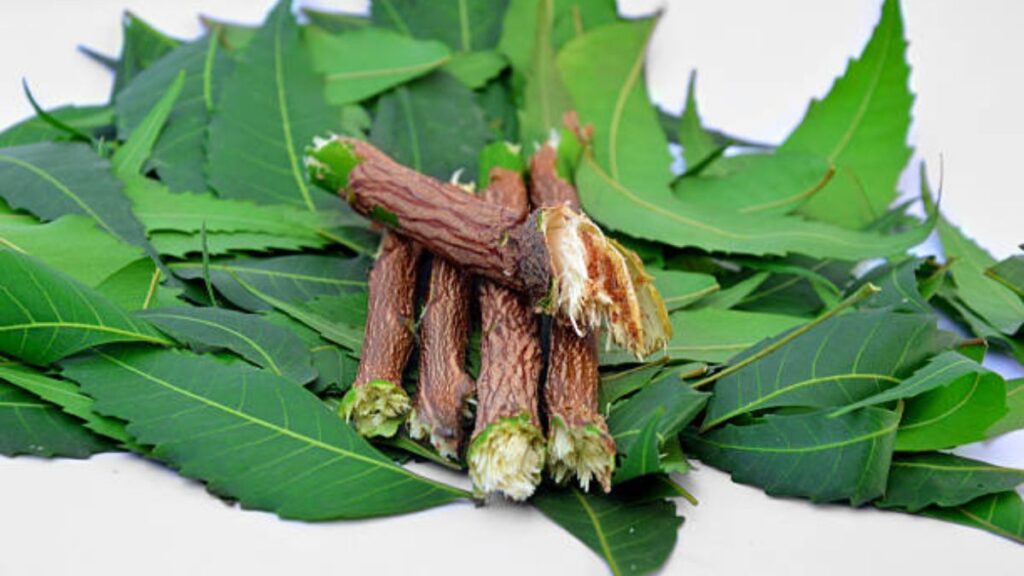
Potential Side Effects of Using Neem Bark on the Skin
1. Allergic Reactions:
Some people may get allergies from neem bark. You may see redness, itching, a rash, or swelling where you applied the neem bark. To check for allergies, put a small amount of neem bark on your skin and wait 24 hours to see if you have a bad reaction.
2. Skin Irritation:
Neem bark, especially when it’s very strong, can irritate some people’s skin. This is more likely if you have sensitive skin or your skin is already irritated. You can lower the risk of irritation by diluting neem bark or using products with lower amounts of neem bark.
3. Dryness and Peeling:
Neem bark can dry out your skin and make it peel, especially if you use it for a long time. Keep an eye on your skin and use a moisturizer if it gets dry.
4. Sun Sensitivity:
– Neem may make your skin more sensitive to sunlight. This can cause sunburn or skin rashes.
– To avoid this, use sunscreen or stay out of the sun after using neem bark on your skin.
5. Skin Conditions:
– If you have eczema, psoriasis, or dermatitis, neem bark may affect your skin differently.
– Talk to your doctor before using neem bark to treat these conditions.
Recommendations:
– Patch Test: Always do a patch test before using neem bark. Put a small amount on your skin and wait 24 hours to see if you have any bad reactions.
· Dilution: If you have sensitive skin, use diluted forms of neem bark preparations. You can mix neem bark powder with water, aloe vera gel, or a gentle moisturizer. This helps reduce the chance of irritation.
Consultation: Talk to a doctor or dermatologist before using neem bark if you have skin conditions, allergies, or sensitive skin.
Moderation: Avoid using neem bark preparations too often or in high amounts. This can increase the risk of side effects.
By following these tips, you can reduce the risk of side effects and enjoy the benefits of neem bark for your skin.
Can neem bark be used for children’s skin conditions?
Yes, neem bark can be used for children’s skin conditions, but with caution and under specific guidelines:
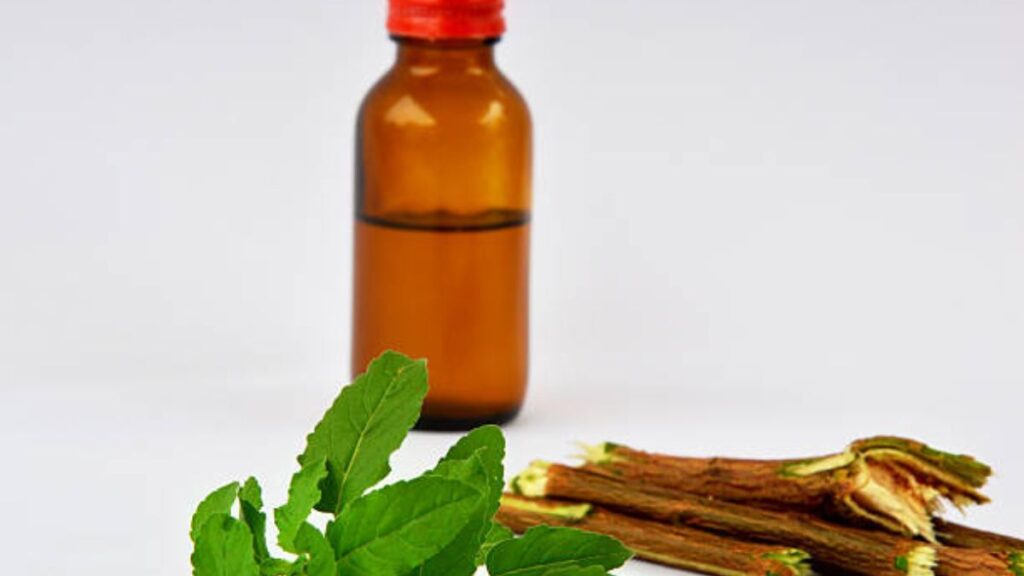
Neem Bark for Children’s Skin
Neem bark is good for children’s skin problems. It can:
1. Fight bacteria that cause skin infections
2. Reduce swelling and soothe irritated skin
3. Treat fungal infections like ringworm
How to Use Neem Bark Safely:
1. Always mix neem bark powder with water, aloe vera gel, or oil to make it less strong and less likely to cause irritation.
2. Test a small amount of the mixture on a small patch of your child’s skin for 24 hours to make sure it doesn’t cause any problems.
3. Talk to your doctor before using neem bark on your child, especially if they have sensitive skin, allergies, or other skin problems.
4 Use neem bark carefully.
– Too much neem bark can dry out or irritate your child’s skin.
– Only use it when needed, no more than once or twice a day.
5. Choose products made for children.
– These products are usually gentler and safer.
6. Watch your child’s skin closely.
– Look for redness, itching, or swelling.
– If you see any of these, stop using Neem Bark and talk to your doctor.
Neem Bark Remedies for Children’s Skin Conditions:
1. Neem Bark Paste:
– Mix a little bit of neem bark powder with water or aloe vera gel to make a smooth paste.
– Put it on the affected area and wash it off after 15-20 minutes.
2. Neem Bark Infusion:
– Boil neem bark in water, let it cool, and use the infused water to gently rinse the affected area.
– This is especially helpful for larger skin areas or conditions like eczema.
3. Neem Oil:
– You can use neem oil, but mix it well with a carrier oil (like coconut oil) before putting it on a child’s skin.
– Use one part neem oil to ten parts carrier oil.
Remember:
– Neem bark can be a safe and natural way to treat various skin conditions in children.
– But, always be cautious and talk to a healthcare professional first to make sure it’s safe for your child.
Conclusion
Neem bark is a powerful natural remedy for a variety of common skin diseases. Its anti-inflammatory, antibacterial, and antifungal properties make it an excellent choice for those seeking natural alternatives to conventional treatments. Whether dealing with acne, eczema, psoriasis, fungal infections, or dermatitis, neem bark offers a gentle yet effective solution. By integrating neem bark into your skincare regimen, you can enjoy healthier, clearer skin without the worry of harsh chemicals or side effects.
Embrace the healing power of neem bark and experience the transformative benefits it can bring to your skin health.
FAQS
Q1: What is neem bark and how is it used for skin diseases?
A: Neem bark is derived from the neem tree (Azadirachta indica), which is native to India and other parts of Asia. It has been traditionally used in Ayurvedic medicine for its antimicrobial, anti-inflammatory, and healing properties. Neem bark can be used in various forms such as powders, extracts, and pastes applied directly to the skin to treat conditions like acne, eczema, psoriasis, and fungal infections.
Q2: What skin diseases can neem bark help treat?
A: Neem bark is known to help treat a variety of skin conditions including:
· Acne: Its antibacterial properties help reduce bacteria that cause acne.
· Eczema: It soothes irritation and reduces inflammation.
· Psoriasis: Neem bark helps manage the scaling and redness associated with psoriasis.
· Fungal infections: Its antifungal properties help combat infections like athlete’s foot and ringworm.
Q3: How do I prepare neem bark for topical application?
A: Neem bark can be prepared in several ways for topical application:
· Neem Bark Paste: Mix neem bark powder with water or aloe vera gel to form a paste and apply it to the affected area.
· Neem Bark Infusion: Boil neem bark in water, let it cool, and use the water to rinse the skin or as a compress.
· Neem Bark Oil: Neem oil can be extracted from the bark and applied directly to the skin or mixed with a carrier oil.
Q4: Where can I purchase neem bark products?
A: Neem bark products can be found in health food stores, Ayurvedic shops, online retailers, and some pharmacies. Look for reputable brands that ensure quality and purity.
References
1. Kaur, C., & Kapoor, H. C. (2002). Antioxidants in fruits and vegetables – the millennium’s health. International Journal of Food Science & Technology, 36(7), 703-725.
· Discusses the general health benefits of antioxidants found in plants like neem.
2. Subapriya, R., & Nagini, S. (2005). Medicinal properties of neem leaves: a review. Current Medicinal Chemistry – Anti-Cancer Agents, 5(2), 149-156.
· Reviews the medicinal properties of various parts of the neem tree, including bark, and their applications in traditional medicine.
3. Biswas, K., Chattopadhyay, I., Banerjee, R. K., & Bandyopadhyay, U. (2002). Biological activities and medicinal properties of neem (Azadirachta indica). Current Science, 82(11), 1336-1345.
· Provides an in-depth look at the biological activities of neem and its potential therapeutic uses.
4. National Center for Complementary and Integrative Health (NCCIH). (n.d.). Neem.
· An overview of the neem tree’s traditional uses and ongoing research into its health benefits.
5. Indian Journal of Dermatology, Venereology, and Leprology. (2006). The clinical efficacy of neem bark extract in the treatment of skin disorders.
· A clinical study examining the effectiveness of neem bark in treating various skin conditions.

